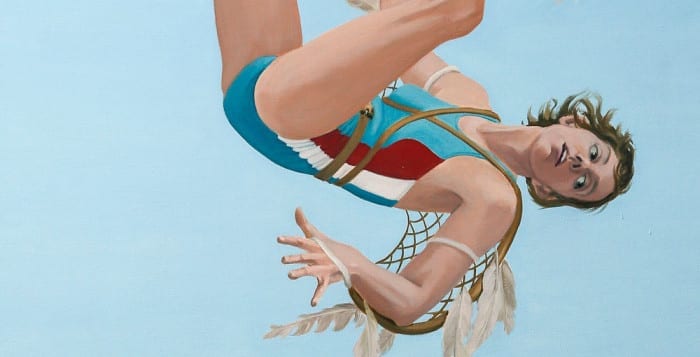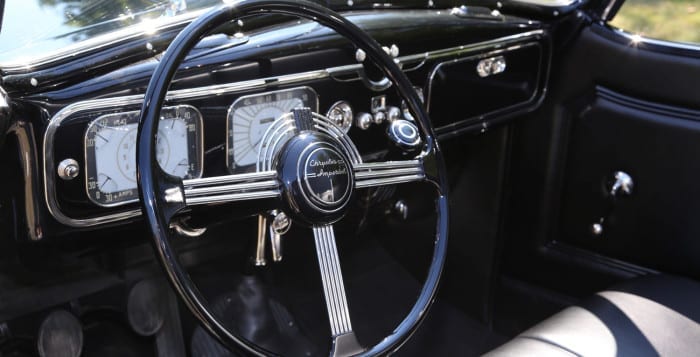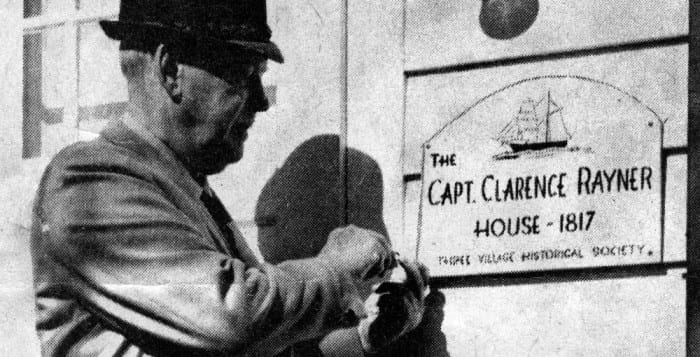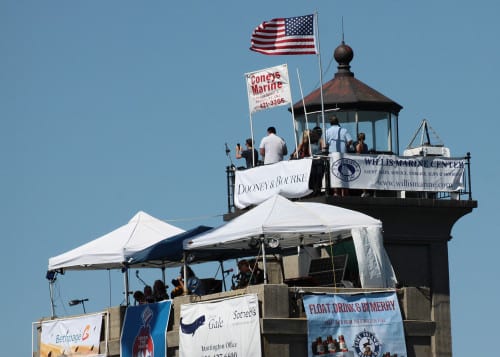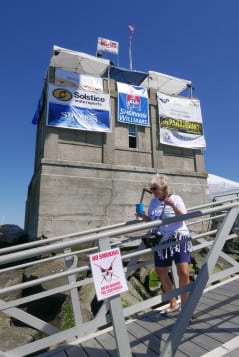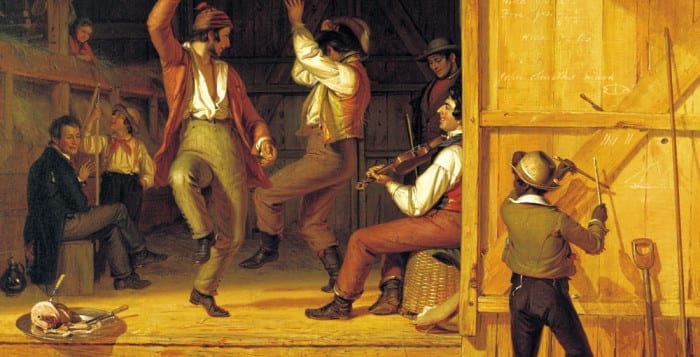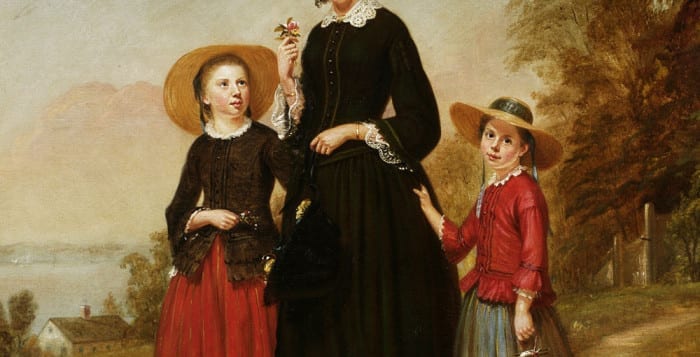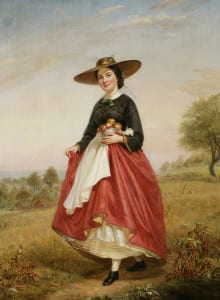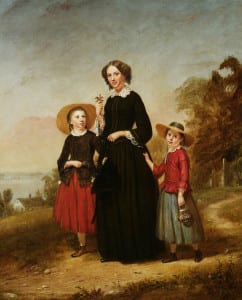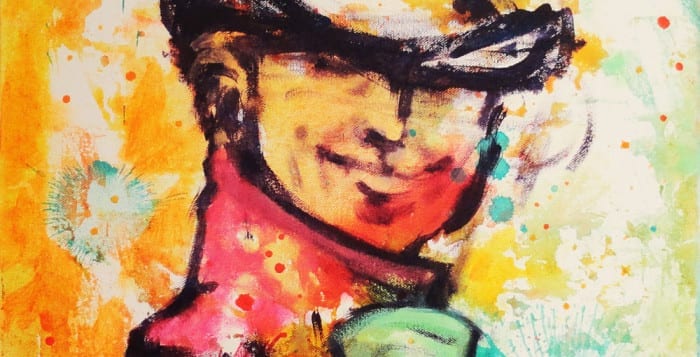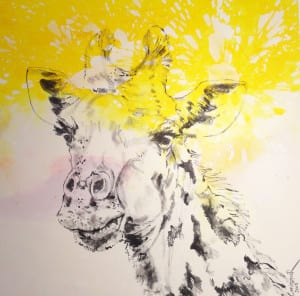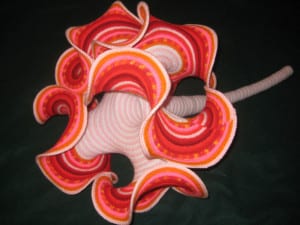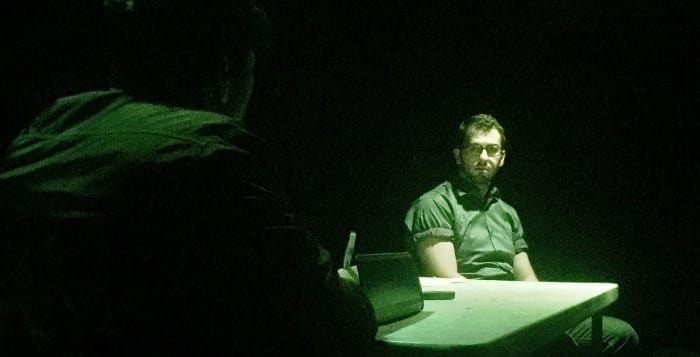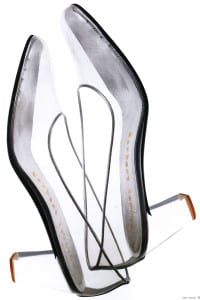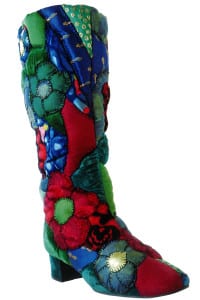Featuring rarely seen works, including large figure paintings, monotypes and pastels, Pat Ralph: Under the Radar opens with a reception in the Jeanie Tengelsen Gallery of the Art League of Long Island on Sunday, Sept. 27, from 1 to 4 p.m., and continues through Nov. 1. A gallery tour, led by the artist, will be held at 7:30 p.m. on Thursday, Oct. 22.
Trained at the Art Students League in New York, Pat Ralph has lived on Long Island most of her life. She is a realist painter with a diverse body of work that includes landscapes, portraits, self-portraits and still life paintings. While Long Islanders know her mostly by her landscape paintings, this exhibit reveals a history of figurative work shown mainly in New York City and university galleries around the country.
Ralph has had solo exhibits at the Fine Arts Gallery at Southampton College, the Fine Arts Gallery of Suffolk Community College in Selden, Gallery East in East Hampton, Gallery North in Setauket, the Heckscher Museum at the Bryant Library in Roslyn and Noho Gallery in New York City. She also was given a solo exhibit as part of the Mary H. Dana Women Artists Series, at Douglass College, New Brunswick, N.J., and another at Douglass, as it celebrated its 75th anniversary.
Ralph’s works have been included in group exhibitions at the Heckscher Museum in Huntington, Silvermine Guild in New Canaan, the Butler Institute of American Art in Youngstown, Ohio, the Fine Arts Gallery at Southampton College, the Mason Gross Center for the Arts at Rutgers University, the Parrish Art Museum, the University of Delaware, San Jose State University in California and Pace University Gallery, Marymount Manhattan College and the National Academy of Design, all in New York City.
In 1985 Ralph had two paintings, both of which will appear in Under the Radar, in an exhibition titled RAPE, originating at the Hoyt Sherman Gallery of Ohio State University and traveling for three years to nine university galleries, plus the Philadelphia Arts Alliance. Most recently, her painting “Heading West” was featured in 75 @ 75: Treasures from the Collection at the Long Island Museum in Stony Brook to commemorate its 75th anniversary.
Of Ralph’s paintings, Beryl Smith, in her Women Artists Series catalog essay, wrote, “The timelessness and crystalline quality of her landscapes reflect her interest in light and atmosphere.” Malcolm Preston, in Newsday, remarked, “Her work is in the new realist mode — cool, objective, sharply realized. There is about them a directness and forthrightness uncluttered by sentiment.” Of her work Pat Ralph has said, “In my paintings I seek a stunning image, expressed with clarity and augmented with hints of mystery or wit. My landscapes reflect an interest in light and atmosphere. I am particularly intrigued by the singular light of early morning or late afternoon or evening — the hours in which natural effects are most fleeting, which makes the attempt to capture the moment fraught with paradox.”
The Jeanie Tengelsen Gallery is open free of charge Monday through Thursday 9 a.m. to 9 p.m., Friday from 9 a.m. to 4 p.m. and weekends from 11 a.m. to 4 p.m. The Art League is located at 107 East Deer Park Road in Dix Hills. For more information call 631-462-5400 or visit www.artleagueli.org.

